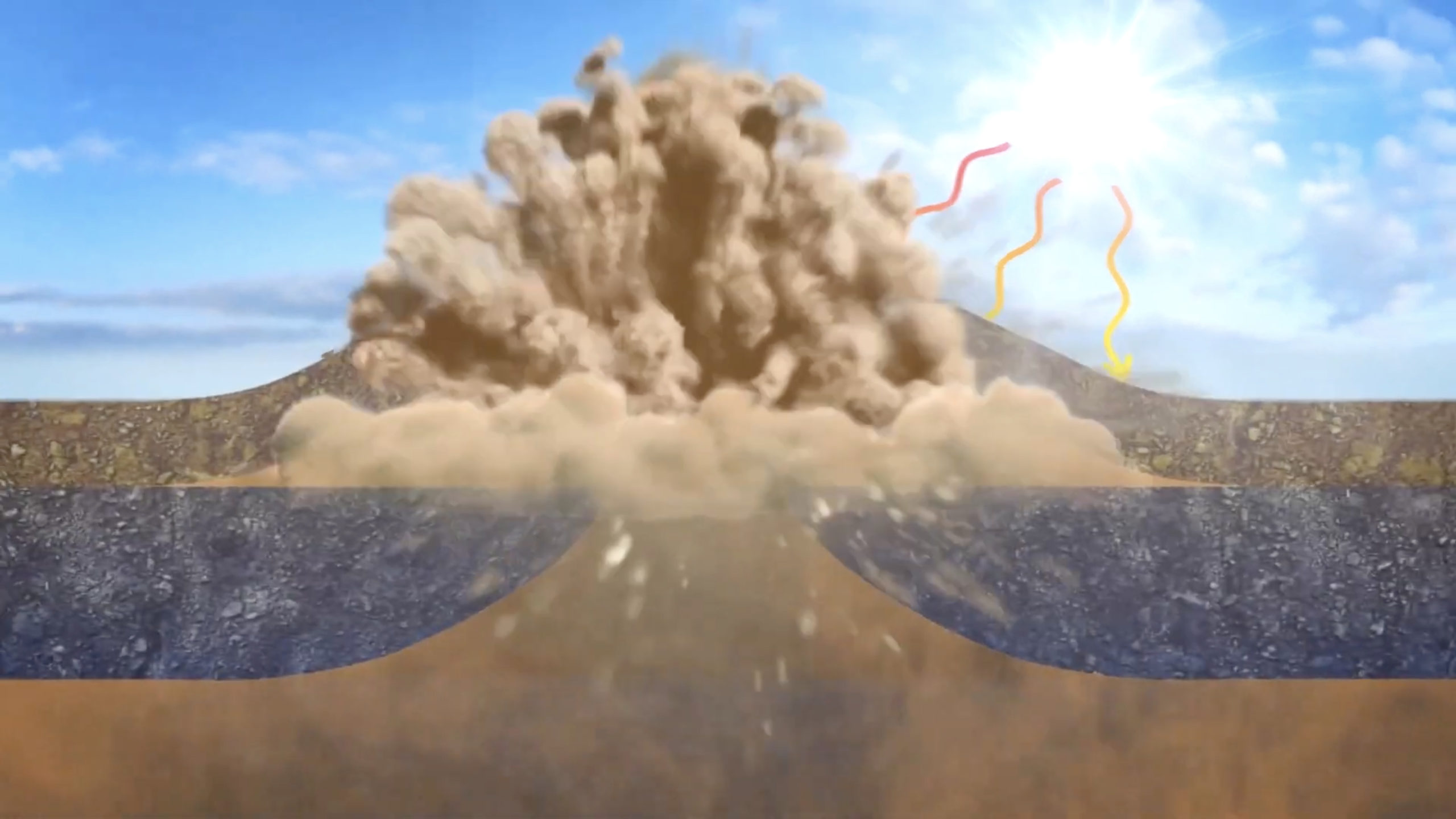A new 3D model bolsters the case that climate change is causing mysterious Siberia craters
Modeling with a drone supports what scientists previously suspected: A buildup of methane in ice is linked to the explosions on the Siberian tundra.

A 3D model of a massive 30-meter-deep crater on the Siberian tundra supports scientists previous suspicion that climate change is behind the explosions that form such craters.
CNN reports that explosion last year was the 17th blowout crater to appear in the remote Yamal and Gydan peninsulas in Russia’s Arctic, since the first was spotted in 2013.
[A new giant crater has been found on the Russian Arctic tundra]
The new crater offered the first opportunity for scientists to use drones to build a 3D model of the crater.
The 3D model largely confirmed what scientists had hypothesized: Methane gas builds in a cavity in the ice, causing a mound to appear at ground level.
The mound grows in size before blowing out ice and other debris in an explosion, leaving behind a massive crater.
What’s still unclear is the source of the methane. It could be coming from layers deep within the Earth, or closer to the surface — or a combination of the two.
Scientists believe that the frozen earth of Siberia’s tundra acted as a plug that kept the methane trapped.
As the region warms up and the permafrost melts for the first time in recorded history, it’s expected that methane blowouts would become more frequent.